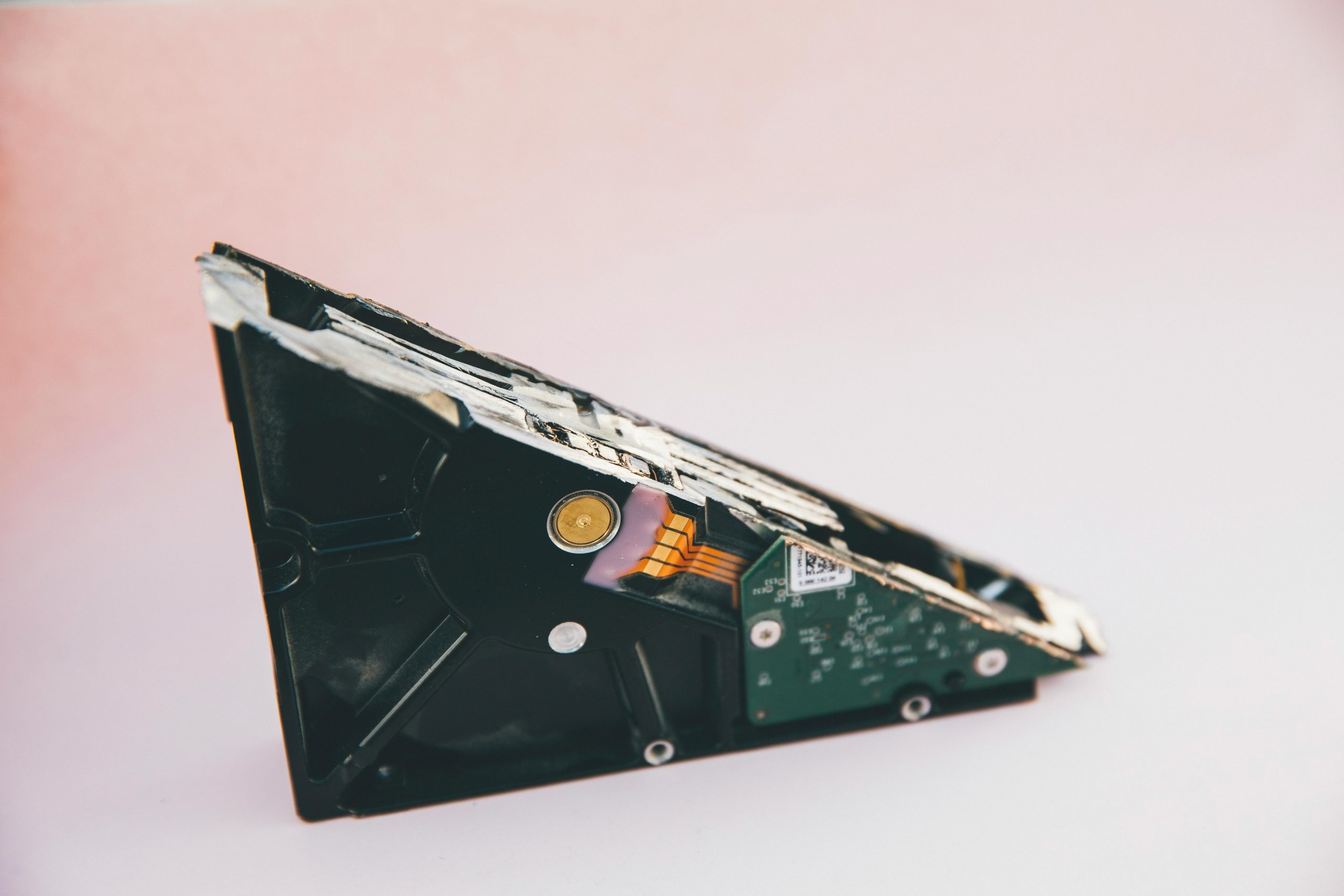Troubleshooting Emergency: When Your Samsung A13 Won’t Charge or Turn On
In today’s fast-paced world, staying connected through our smartphones is vital. They aren’t just gadgets; they are our communication lifelines, organizers, and sometimes even our entertainment hubs. So, when your trusty Samsung A13 refuses to charge or turn on, it can feel like an overwhelming disaster. In this blog post, we’ll dive into the potential reasons behind your phone’s charging woes and possible solutions to bring it back to life.
Understanding the Problem: Why Your Samsung A13 Won’t Charge
When your Samsung A13 shows the charging circle but no numbers, it indicates a problem with the charging process. Understanding the underlying causes can help you address the issue effectively. Here are some common reasons your phone might not be charging properly:
- Battery Drain and Power Management:
-
Continuous battery drainage to 0% can cause your phone to act erratically. Lithium-ion batteries in smartphones are designed to operate within a specific charge cycle. Letting them deplete too often can impact performance and the device’s ability to recharge efficiently.
-
Charging Port Issues:
-
Dust, lint, or debris in the charging port can impede the flow of electricity. A physical obstruction might prevent the phone from charging properly even if your charger is functioning correctly.
-
Faulty Charging Accessories:
-
Chargers and cables can fail over time due to wear and tear. Sometimes, a faulty adapter or cable can be the root of your charging dilemmas.
-
Software Glitches:
-
Occasionally, a Software glitch can mess with the battery indicator, causing your phone to misjudge its power level.
-
Hardware Malfunctions:
- Internal component failures, like a bad battery or damaged circuitry, can stop the device from charging.
Step-by-Step Troubleshooting for Your Samsung A13
Let’s go through practical solutions and troubleshooting steps to help your Samsung A13 regain its power and bring it back to a functional state:
1. Check Your Charging Accessories
Inspect Your Charging Cable and Adapter:
– Swap Charging Accessories: Try using a different cable and adapter. Borrow a friend’s or use another device’s charger to test if your own is malfunctioning.
– Examine for Damages: Inspect your current cable and adapter for visible damage, such as fraying or bent prongs.
2. Clean the Charging Port
- Use Compressed Air or a Brush: Gently clean the charging port with compressed air or a soft brush. Avoid using metal objects that could damage the port.
- Inspect for Debris: Shine a light to look inside the port for any visible debris.
3. Perform a Soft Reset
- Soft Reset Steps:
- Hold the power button and the volume down button simultaneously for about 10 seconds.
- Release when you feel a vibration, signifying the phone has restarted.
- Purpose of Soft Reset: This process can clear temporary glitches without affecting your data.
4. Try Different Power Sources
- Switch Outlets: Plug your charger into a different power outlet or try charging through a computer’s USB port.
5. Calibrate Your Battery
Battery Calibration Steps:
– Drain and Recharge: Let your phone’s battery drain completely until it turns off. Charge the phone uninterrupted to 100%.
– Effect on Device: This can recalibrate the battery’s sensor to accurately display battery levels.
6. Boot in Safe Mode
- Entering Safe Mode:
- Turn off your device.
- Power on and when the Samsung logo appears, press and hold the volume down button until the home screen loads.
- Reason to Use Safe Mode: This mode disables third-party apps to determine if an app is affecting the charging process.
7. Factory Reset (As a Last Resort)
- Data Backup: This method erases all data, so ensure you have a backup.
- Steps to Factory Reset:
- Turn off the device.
- Press and hold the volume up and power buttons simultaneously.
- Use volume buttons to navigate to ‘wipe data/factory reset’ and confirm using the power button.
- Outcome of Reset: It addresses software-related issues but note that it will delete all personal data.
When to Seek Professional Help
If your Samsung A13 still won’t charge or power on after attempting these solutions, it might be time to seek professional assistance. Visit a certified Samsung service center or an experienced technician to diagnose and fix potential hardware issues. Here, they can conduct more in-depth diagnostics to check for battery health, charging port condition, and other internal component tests.
Additional Tips to Keep Your Phone Battery Healthy
Prevention is better than cure, especially when it comes to smartphone care. Here are some tips to ensure your device remains in top condition:
- Avoid Frequent Full Drains: Try not to let your battery fall below 15-20% too often to prolong its lifespan.
- Use Compatible Chargers: Ensure your charging accessories are compatible with your device to avoid charging issues and overheating.
- Software Updates: Keep your device’s software up-to-date to ensure it is running efficiently and any bugs are resolved.
- Environmental Factors: Avoid exposing your phone to excessive heat or cold, as extreme temperatures can damage the battery.
Conclusion: Bringing Your Samsung A13 Back to Life
With smartphones woven intricately into the fabric of our daily lives, facing issues with them can be stressful. By methodically working through these troubleshooting steps, you stand a solid chance of resolving charging difficulties with your Samsung A13. Whether it’s simple maintenance like cleaning the charging port or opting for professional repair, understanding these processes ensures you’re well-equipped to tackle such challenges head-on. Remember, the objective is not just to fix the phone for now but to maintain its health for the long term.
Share this content:




Response to Troubleshooting Emergency: Samsung A13 Won’t Charge
Hi there! I’ve dealt with similar issues on my Samsung A13, and I understand how frustrating it can be when your device won’t charge or turn on. Here are a few additional tips that might help you troubleshoot the problem:
1. Try a Different USB Port
Sometimes, the USB port on your phone could be fine, but the actual plug you’re using might be the issue. If you’re charging from a wall outlet, try a different USB port, such as one from your laptop or a power bank, to rule out outlet problems.
2. Check for Software Updates
If you manage to get your phone powered on, check if there’s a Software update available. Keeping your device updated is crucial, as manufacturers often release patches that resolve bugs and improve battery management.
3. Safe Mode to Rule Out Issues
When you boot your phone in Safe Mode, it disables any third-party apps. This can help identify if an app you installed is causing the problem. If your phone charges in Safe Mode, it might be time to uninstall recently added apps.
4. Battery Health Check
If you have access to battery health analysis apps or services that can help you analyze your battery’s condition, it might